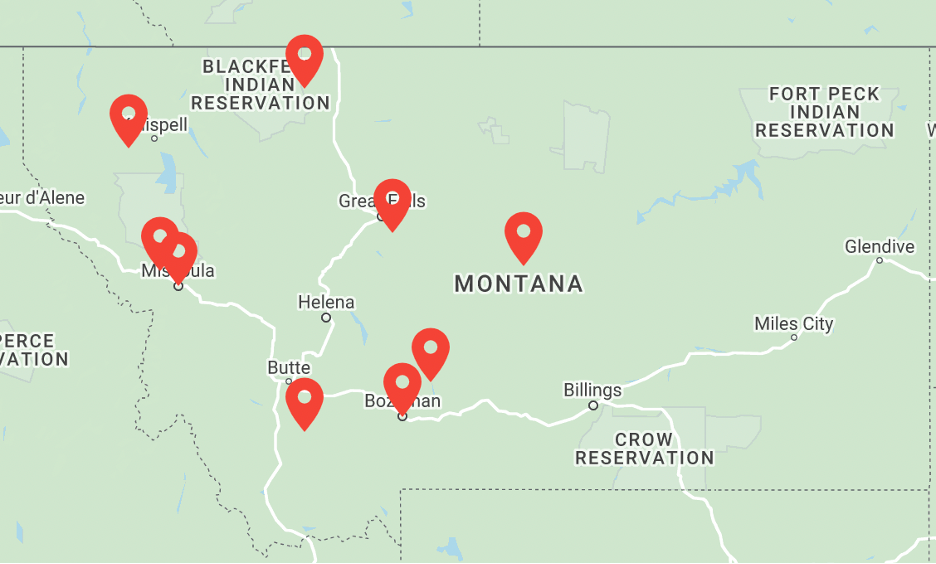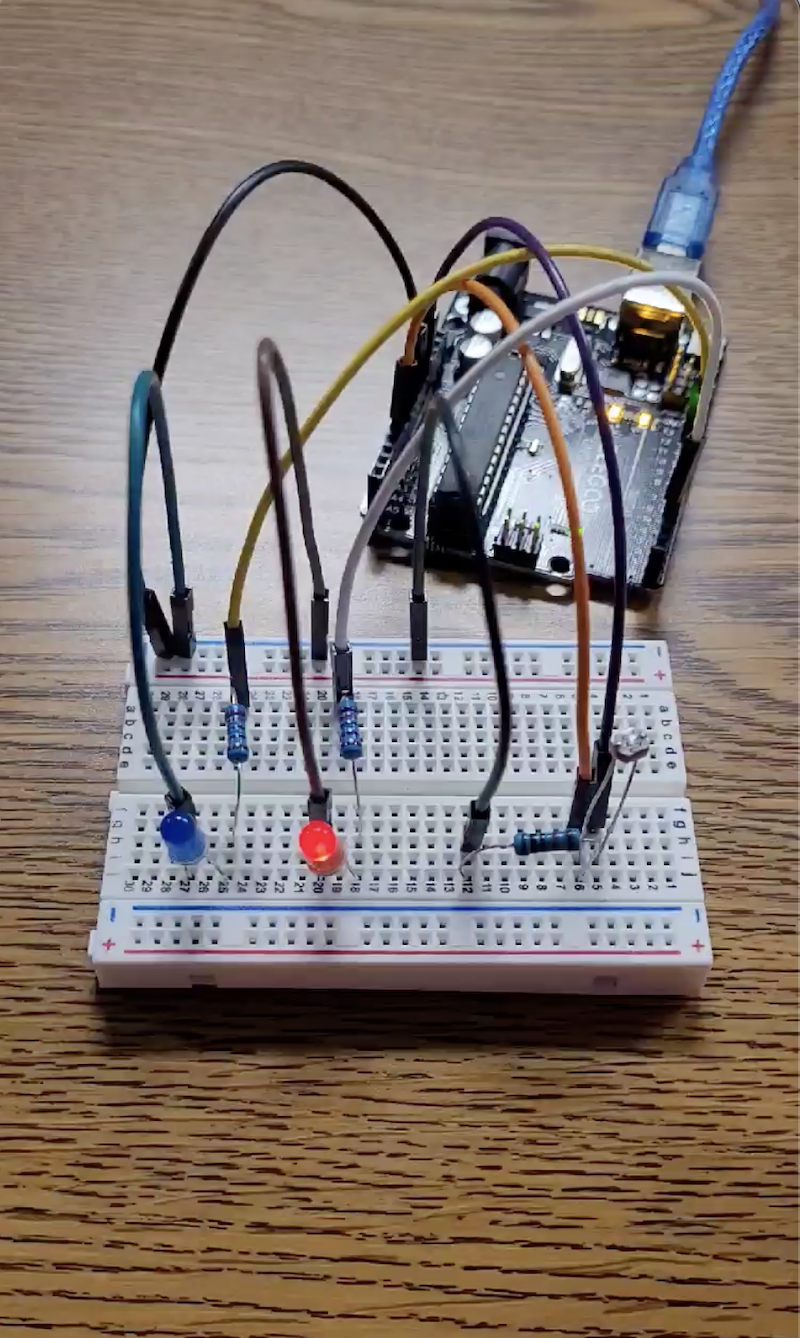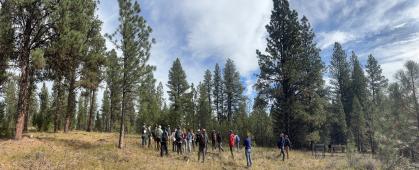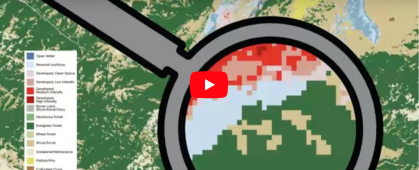The Sensing for Science Professional Development Program for Teachers is a free, self-paced, modular online course that teaches educators how to use an Arduino microcontroller to create an electrical device that collects data on water quality. The goal of the program is for educators use and implement program modules and content in their classroom curriculum. The Sensing for Science Program, which simulates research being done by Montana scientists and engineers as part of the CREWS project, was first taught in-person by Kayce Williams at the 2022 STEM Summer Institute with a cohort of eleven educators from across the state. The map shows where each educator from the first cohort is located in Montana.

After the in-person class over the summer, each educator was given the materials to continue through the rest of the Sensing for Science Program on their own over the course of the fall. Below, one of the educators from the original cohort shares their experience with the Sensing for Science Program.
Madison McCallum is a middle school math and science teacher at LaMotte School, located just outside of Bozeman, MT. She has been teaching middle school for three years now and has always had a passion for math and science. “They were my favorite subjects when I was in school myself and I have developed a love for them as I have had the opportunity to share them with my students,” McCallum says. She says that her favorite thing about being an educator is the constant opportunity for growth and change in what she teaches each year, as well as the opportunity for personal growth. “I have always been passionate about improving myself and continuing to grow,” McCallum continues. “I feel that teaching is a unique avenue that allows for the opportunity to do this.”
Recently, McCallum was drawn to participate in the Sensing for Science course. She liked the hands-on experience that was offered at the STEM Summer Institute. At first, she thought that Arduino coding and sensor would be too difficult to figure out, but the hands-on experience showed her just how interesting and applicable these tools can be. Although McCallum had very little exposure to coding as a whole, she said that it was fantastic to be able to follow along with the videos and see how approachable coding can be. “My school begins teaching coding to students as young as second grade,” McCallum explains. “It is amazing to have a new application for my middle schoolers that builds on their past information.”

McCallum is excited to apply what she learned from the course in her own classroom. Her sixth graders are about to begin a unit focused on the human body and she plans to have them learn to code alongside that material so that they can create and code a fake hand. Furthermore, her seventh and eighth-grade curriculum rotates, and next year she plans to begin with coding and focus on the creation of water sensors in her lessons on ecology. McCallum believes that the program can be even more beneficial in the future as its development continues. Overall, McCallum expressed her appreciation for the Sensing for Science course. “This is an amazing program, and it has been a wonderful opportunity for professional development,” McCallum states. “It would be great if it could continue in any form!”
For more information about the Sensing for Science Program, including how to participate if you are interested, visit the Sensing for Science Program webpage.

